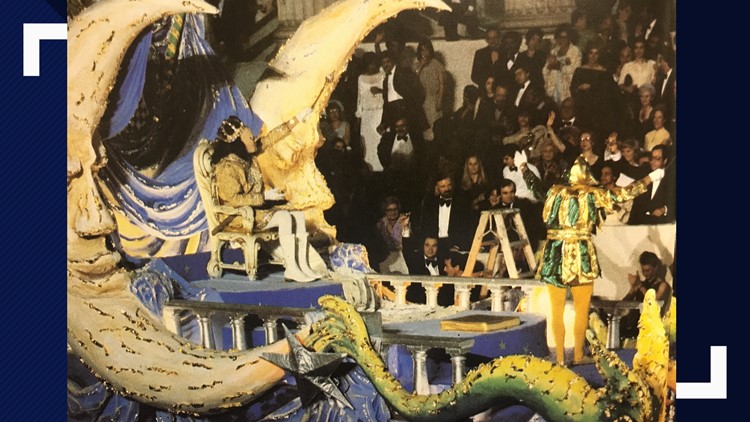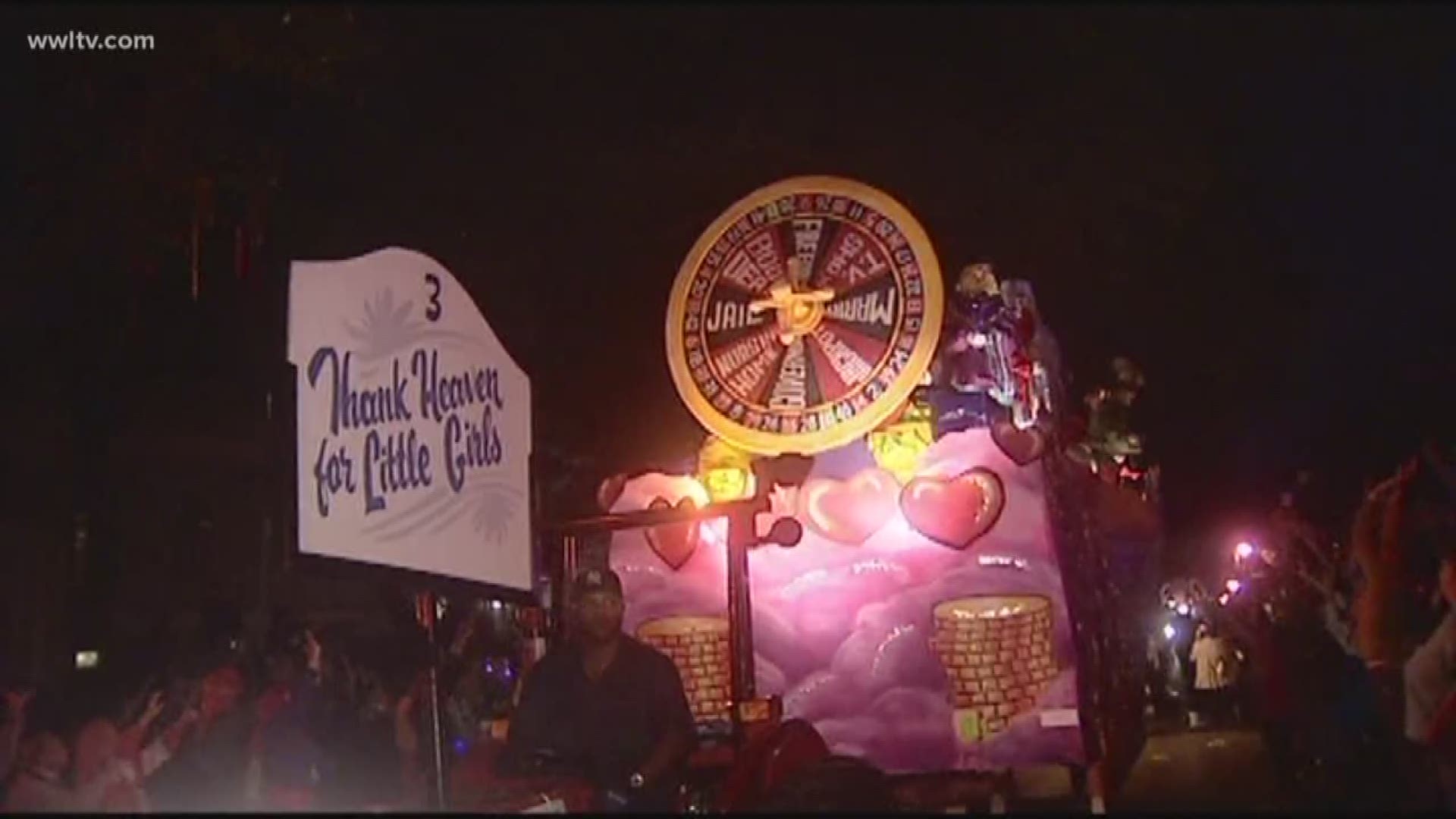The following is from New Orleans Magazine editor and Carnival historian Errol Laborde's weekly blog on MyNewOrleans.com. Read more of Laborde's Carnival coverage in New Orleans Magazine or at MyNewOrleans.com and look for more Carnival stories from him here and on WWL-TV Channel 4 and the Eyewitness Morning News on WUPL-TV Channel 54.
So many folks were mad at Momus that even the governor had to get involved. He sent a telegram to Washington, D.C. hoping to sooth the frayed feelings.
In 1877 feelings were easily bruised. New Orleans, like the rest of the south, was suffering through the last days of Reconstruction. Carnival time generally provided an uneasy truce: The U.S. Army band marched in carnival parades, including Momus' of that year, and both the Army and the Navy greeted Rex when he arrived by river. But Momus, imp that he was, felt the need to level the barb at the federal occupiers and did so in a parade themed, "Hades - A Dream of Momus."
Not since Comus had raked the feds with an 1873 parade entitled "Missing Links of Darwin's Origins of the Species" had there been such satire. In that parade, President Grant had been depicted as an insect - a tobacco grub - and Union General Ben Butler was shown as a hyena.
Grant was spoofed in the Momus parade too- as the devil Beelzebub sitting on an imperial throne. The local agents of federal force were also teased, including General Butler who along with Republican bosses was displayed standing on a sinking ship in a sea of fire.
Momus marched. Tempers rose. On the next day there were demands for punishment. Perry Young, in his book,"The Mistick Krewe: Chronicles of Comus and Kin," reported that the masker "who impersonated Beelzebub was told to his face that whoever travestied President Grant would be shot if identified."
Gov. Francis T. Nicholls, no supporter of the occupiers but worried that their outrage would cause increased tension, fired off a telegram to the state's military representative in Washington: "The sentiment of the whole community is opposed to what happened at the celebration on Thursday."
Nicholls was diplomatic but wrong. Far from being opposed, much of the community was privately giggling. Even the Union General Pennypacker seemed less offended than others on his side and allowed the infantry to escort Rex on his arrival the following Monday.
Still, the seething continued. A Reconstruction publication called "The Official Journal of the State of Louisiana" complained about the parade and added that it "is rumored that this is to be the last public display of Momus. We hope so out of respect for its dead fame."
There was a bit of truth to the statement. Momus survived but satire did not. The Dream of Hades turned out to be a nightmare. By informal understanding, krewes retreated to the other side of the controversy line. Satire - so naturally a part of a carnival - was lost in New 0rleans for 100 years.
Then in 1977 the Knights of Momus surprised the city by bringing back the barb. There was a contemporary cast of characters to ridicule. In a new age of Carnival with super krewes and towering floats, Momus was in danger of appearing to be a tired, old parade. The return to the barb recharged the group. Momus became a must-see for parade buffs as a rollicking gesture accompanying the king on his float set the tone for what was to follow. Typical of the Knights parade was the 1991 march that poked fun at a high-rolling Edwin Edwards and a befuddled Saddam Hussein. No one knew at the time that the laughing would soon stop.
Momus never paraded again after that year having retreated once more, this time in the face of a controversial city discrimination ordinance. The floats remained stored in the den with the images of Edwards and Saddam subject to cobwebs . But there would be sprouts of the Momus spirit. In 1996 a new group formed, Le Krewe D'Etat, an organization so intent at satire that even its name is a devious pun. In 2000 Muses, an immediately popular all-female group, proved that the gals too were capable of wicked wit. Then in 2001 came the debut of the Krewe of Chaos, a group that has secured the use of the old Momus floats and that looks and feels like the former krewe. It even parades in Momus' former Thursday night slot. Last year Chaos revived Momus' classic "Hades - A Dream of Momus" theme to tease the Katrina recovery. It is a lot easier to make fun of the Feds these days - and no one is apologizing.
Unfortunately, too many parade-goers may not see the ghost for the beads. In the old days throws were occasional and sparse, the emphasis was on the design of the floats. Today the obsession is with catching as much as possible. In a true setback, krewes have even been rated not by the quality of their design but by the quantity of their throws.
Satirists will be challenged to deliver their punch lines through the seas of waving arms. But topical humor may be the way to make people pay more attention to floats as an art farm. Bringing wit back to Carnival: That would truly be a dream of Momus.
This article is from New Orleans Magazine editor and Carnival historian Errol Laborde's weekly blog on MyNewOrleans.com. Read more of Laborde's Carnival coverage in New Orleans Magazine or at MyNewOrleans.com and look for more Carnival stories from him here and on WWL-TV Channel 4 and on the Eyewitness Morning News on WUPL-TV Channel 54.




